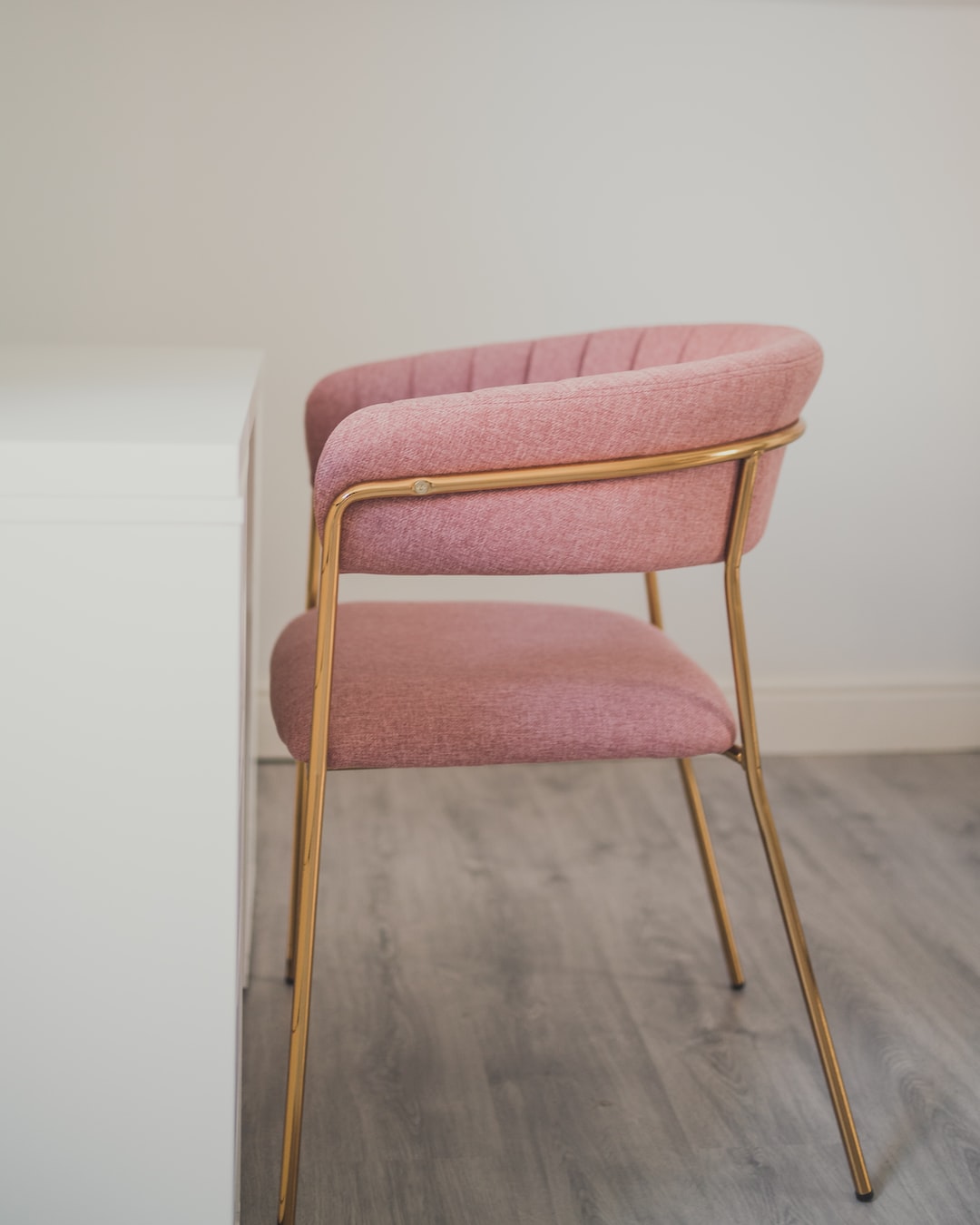Whether you have inherited some family heirlooms or stumbled upon a beautiful vintage piece at a flea market, incorporating vintage furniture into a modern interior design can create a unique and charming space. Vintage furniture adds character, history, and a touch of nostalgia to any room. However, blending it seamlessly with contemporary elements can be a challenge. In this blog post, we will explore some tips and tricks to help you incorporate vintage furniture pieces into a modern interior design.
1. Mix and match styles: One of the key principles of integrating vintage furniture into a modern interior is to mix and match styles. Avoid creating a museum-like atmosphere by only incorporating items from the same era. Instead, opt for a balanced blend of different styles and periods. For example, pair a mid-century modern coffee table with a vintage Victorian armchair. This juxtaposition creates an eclectic and visually interesting space.
2. Use vintage as accent pieces: To avoid overwhelming the room with too many vintage items, use them as accent pieces. For instance, consider adding a vintage wardrobe as a focal point in your bedroom or a vintage sideboard in your dining room. These statement pieces will catch the eye and add a touch of nostalgia without overpowering the overall design.
3. Highlight the uniqueness: Vintage furniture often carries unique craftsmanship and details that are hard to find in contemporary designs. Embrace these special features and make them stand out. For example, if you have an antique wooden dresser, showcase its intricate carvings by placing it against a plain wall. Highlighting these special details will ensure that your vintage furniture takes center stage in a modern setting.
4. Play with color and texture: Vintage furniture pieces often come with distinct color palettes and textures. Incorporate these elements into your modern interior design to create a harmonious space. If you have a vibrant vintage sofa with a retro pattern, balance it with neutral walls and contemporary décor. The contrast between old and new will make the vintage piece pop while maintaining a cohesive overall aesthetic.
5. Restore and refurbish: Before incorporating vintage furniture into your modern interior design, consider restoring and refurbishing the pieces. This will not only help in maintaining the integrity of the furniture but also ensure their longevity. Reupholstering a worn-out vintage chair or refinishing a scratched table can give them a new lease on life. Plus, it allows you to customize the furniture to suit your personal style and the overall design concept.
6. Create a conversation starter: Vintage furniture often carries a sense of history, making it an excellent conversation starter. Incorporate pieces that have a personal or cultural significance to you, and encourage guests to inquire about their origins. Sharing stories and anecdotes about your vintage furniture adds a personal touch to your modern interior design, creating a warm and inviting atmosphere.
7. Don’t forget functionality: While aesthetics play a crucial role, functionality should not be overlooked. Ensure that the vintage furniture you incorporate into your modern interior design serves a practical purpose. Vintage desks make great workspaces, while antique cabinets offer ample storage solutions. By combining functionality with aesthetics, you can achieve a well-balanced and functional living space.
In conclusion, incorporating vintage furniture into a modern interior design requires a delicate balance between old and new. By mixing different styles, highlighting unique features, playing with color and texture, restoring and refurbishing, creating conversation starters, and prioritizing functionality, you can successfully incorporate vintage furniture pieces into your modern interior design. Let your creativity flow and enjoy the process of curating a space that tells a story and reflects your personal style.

